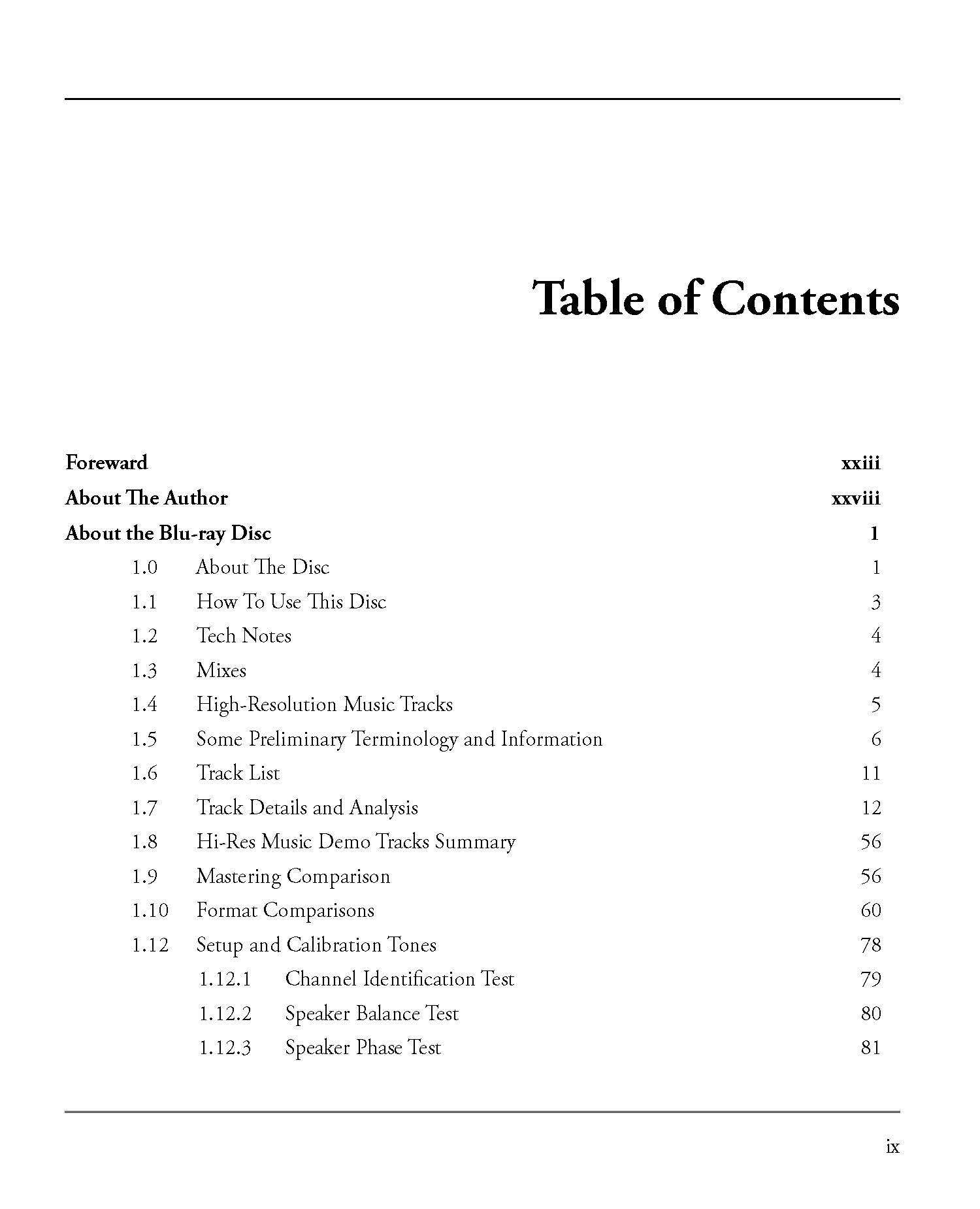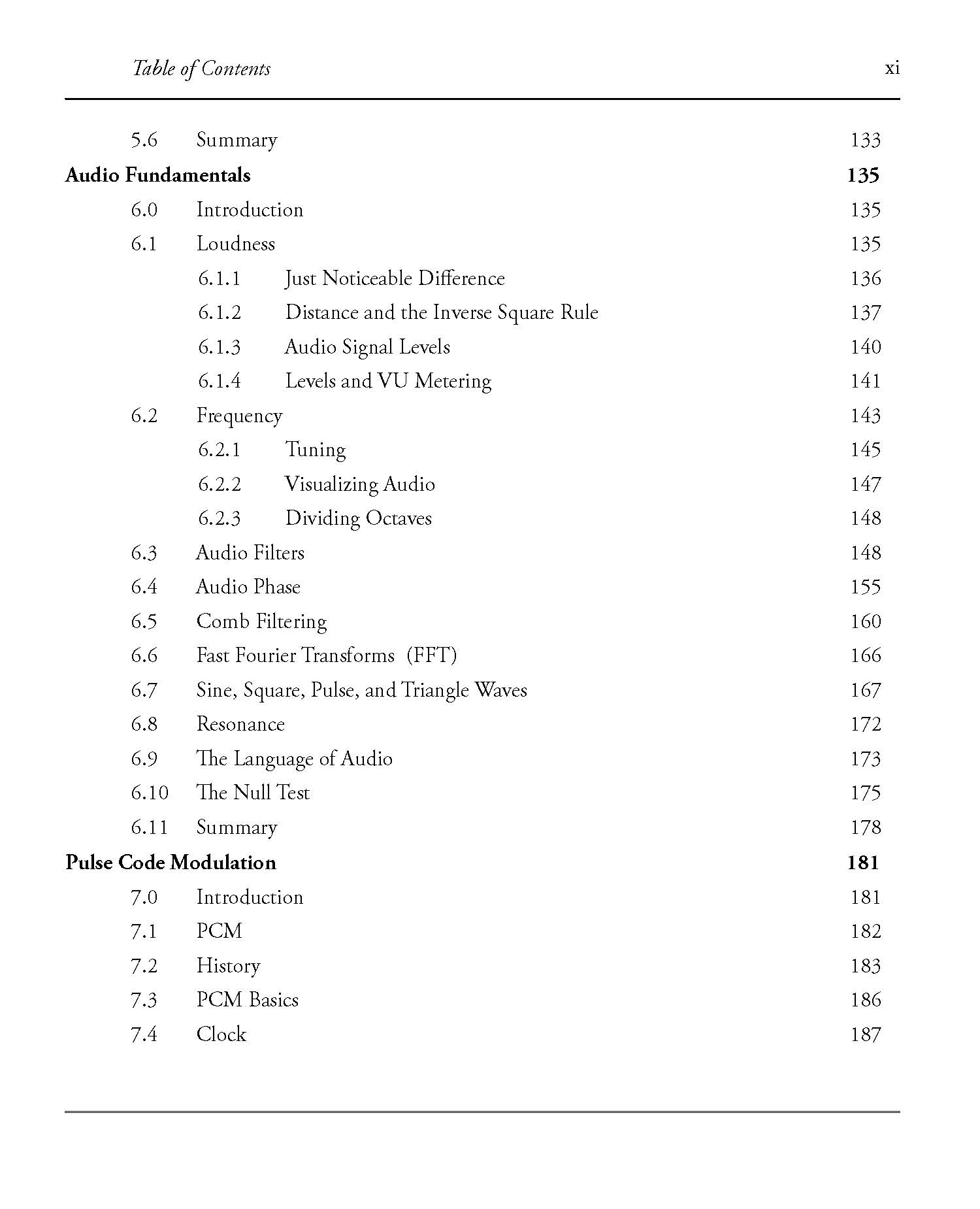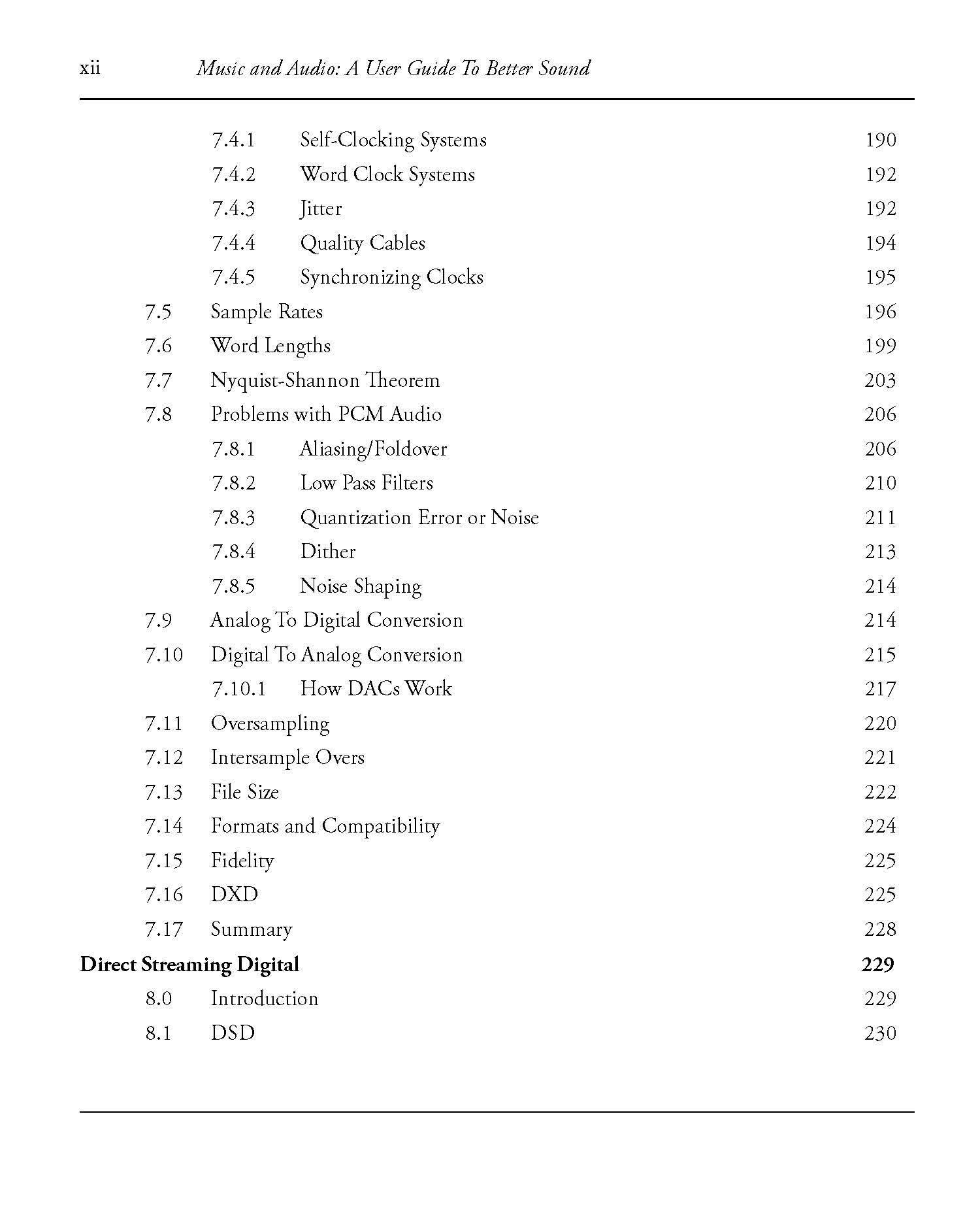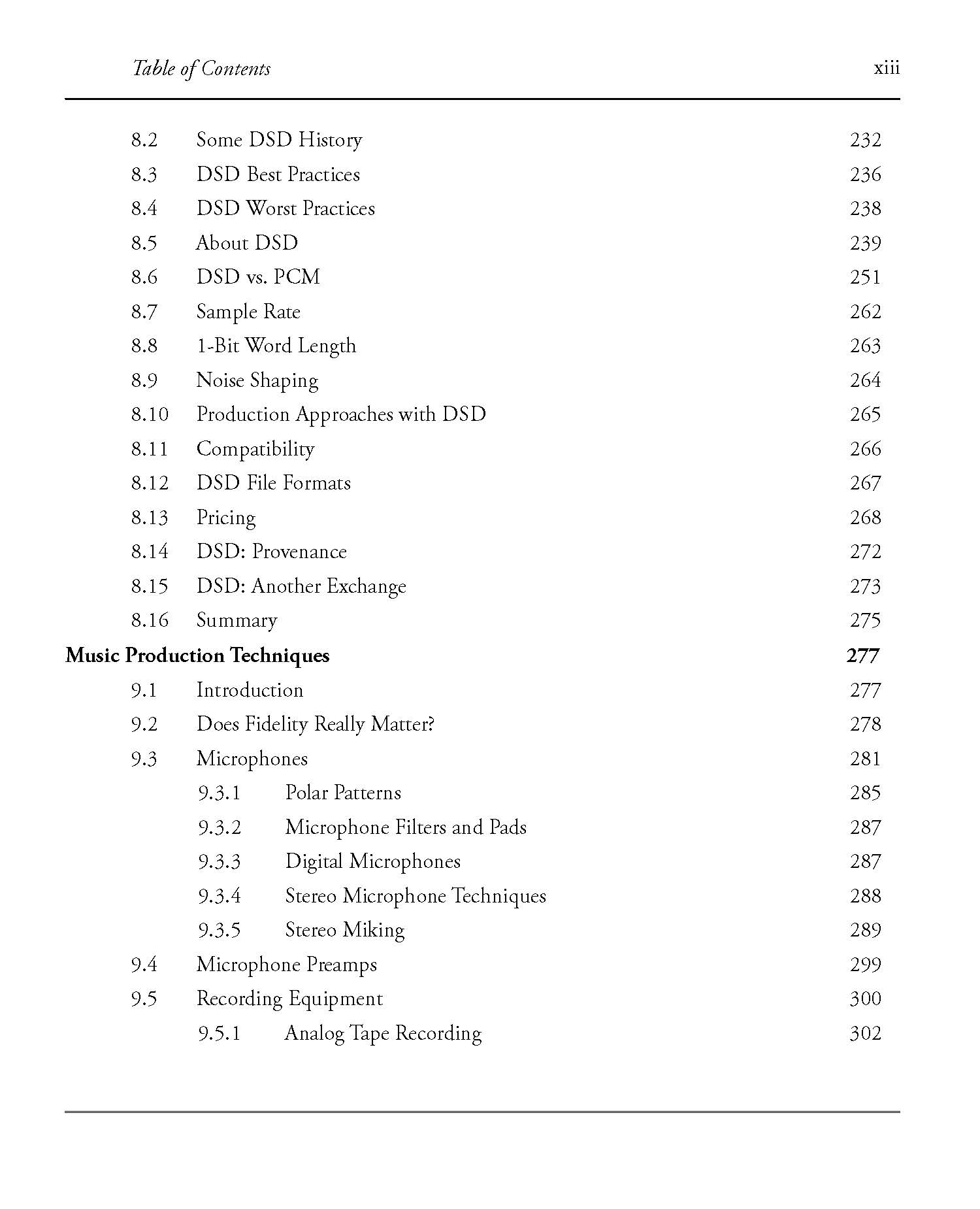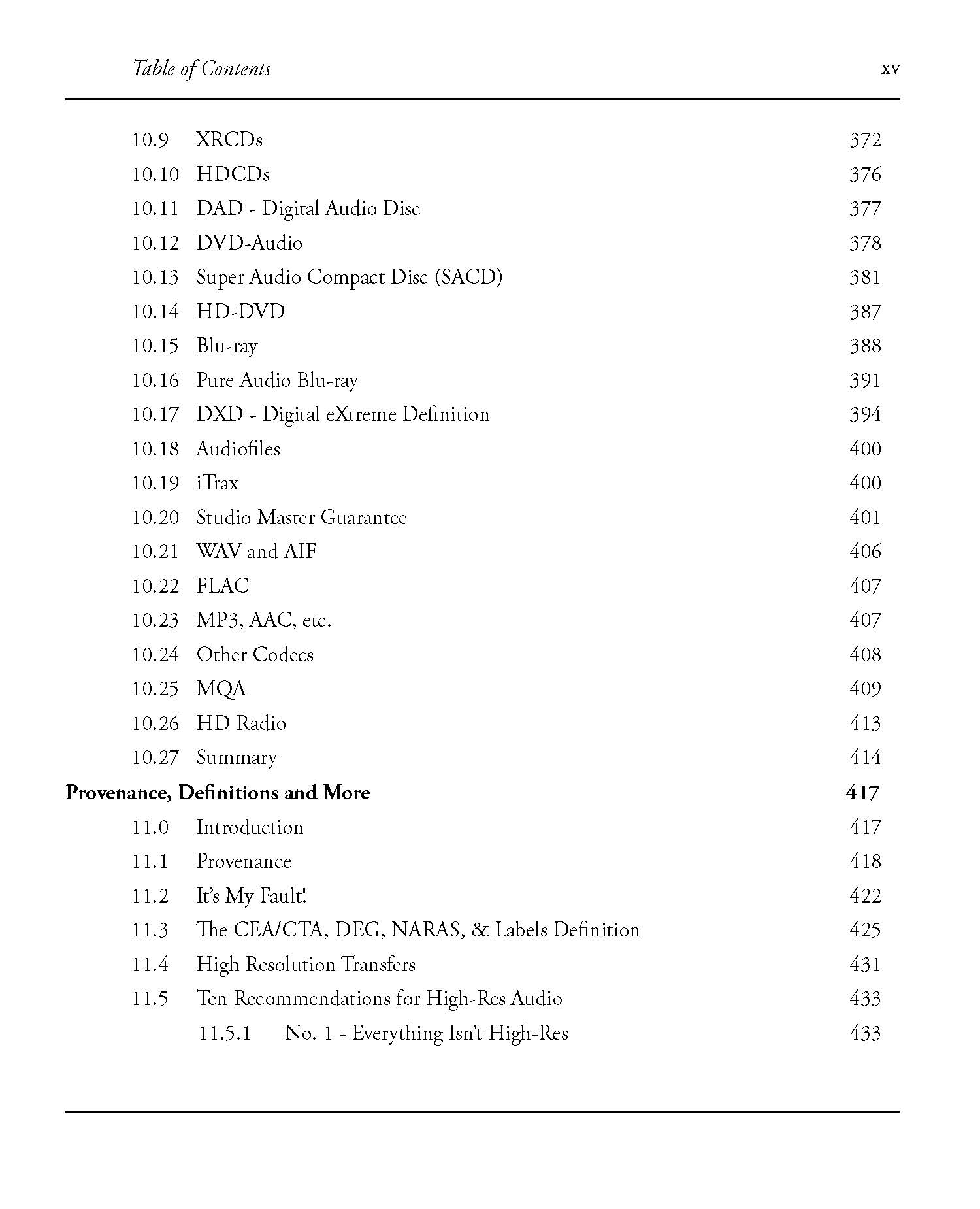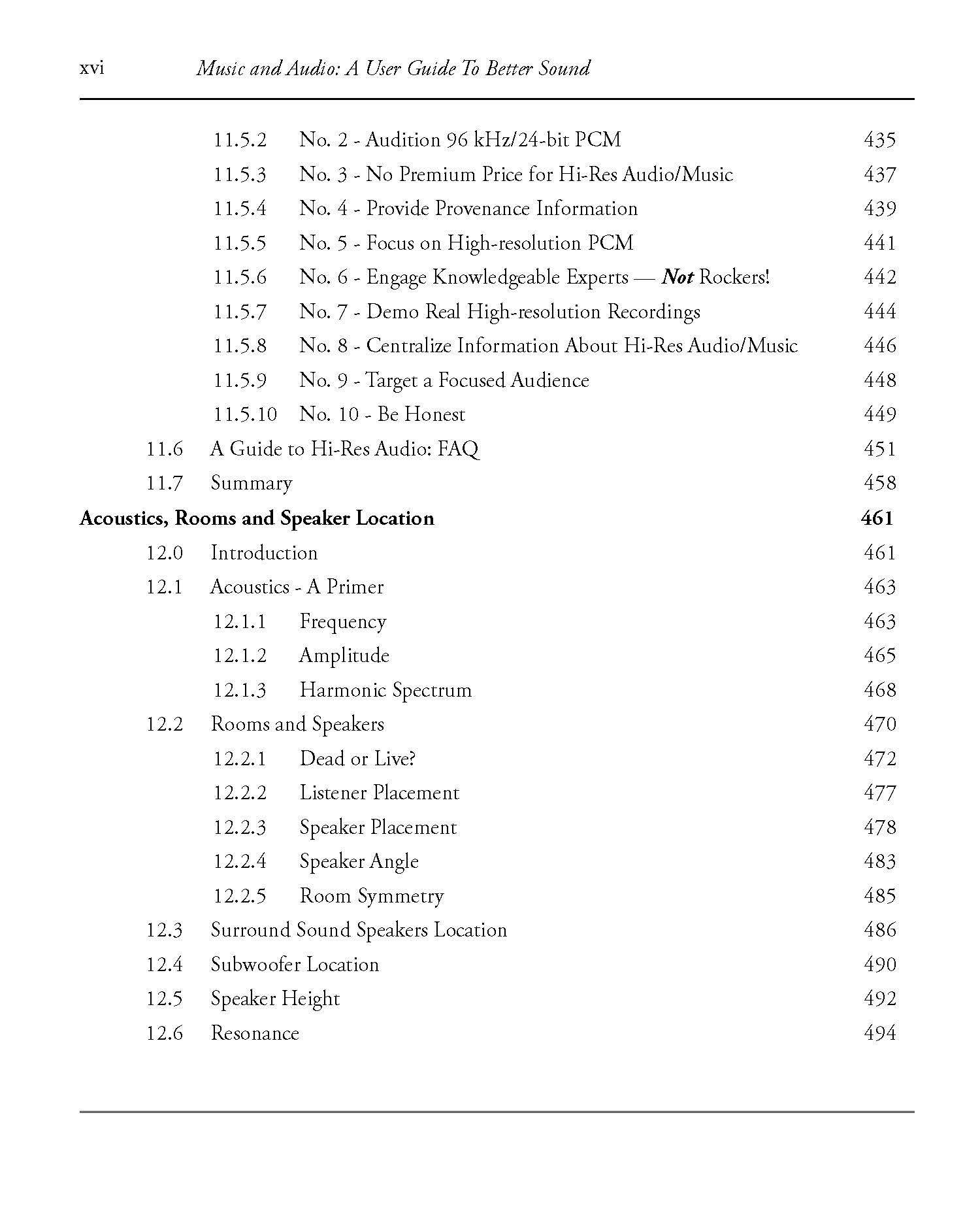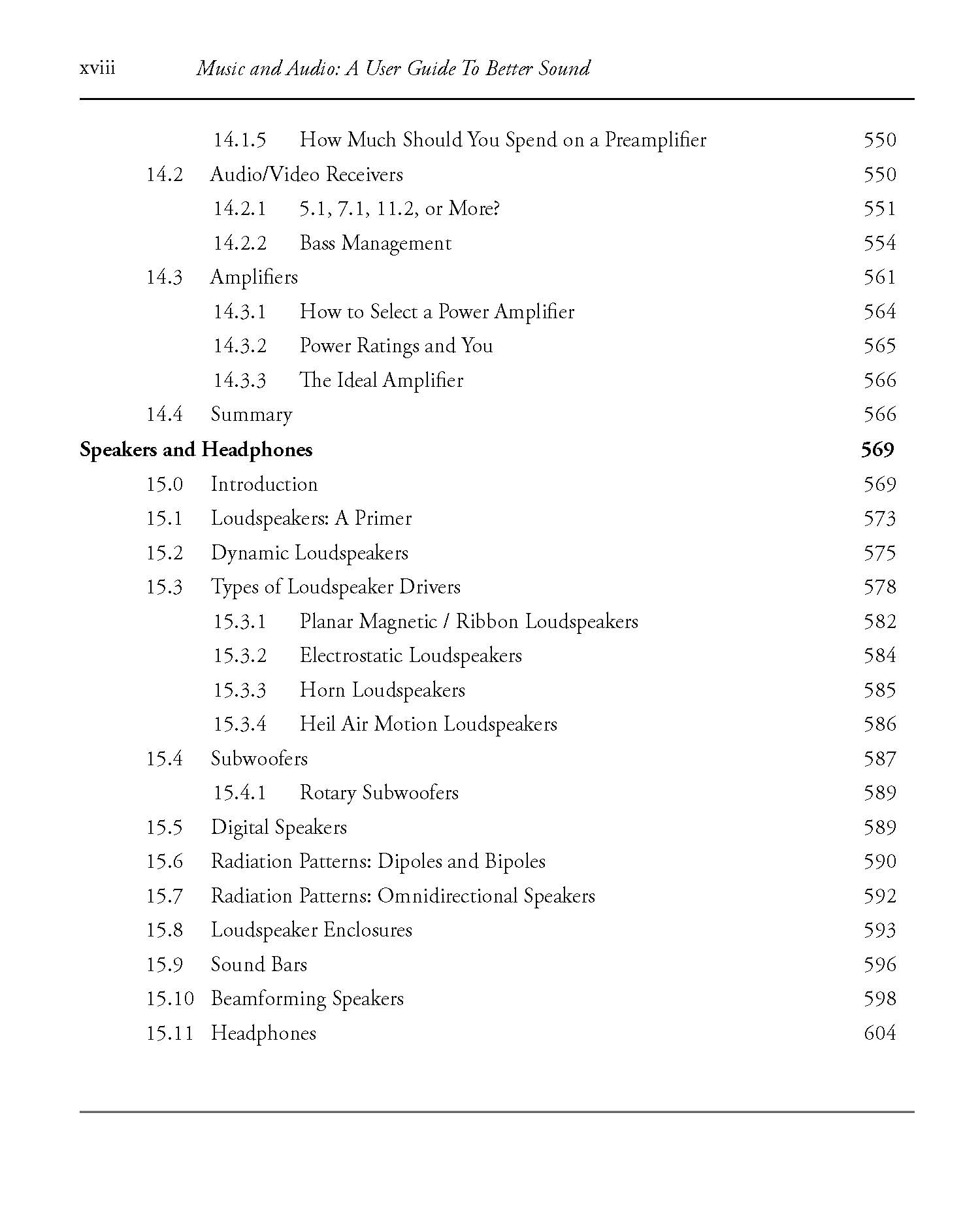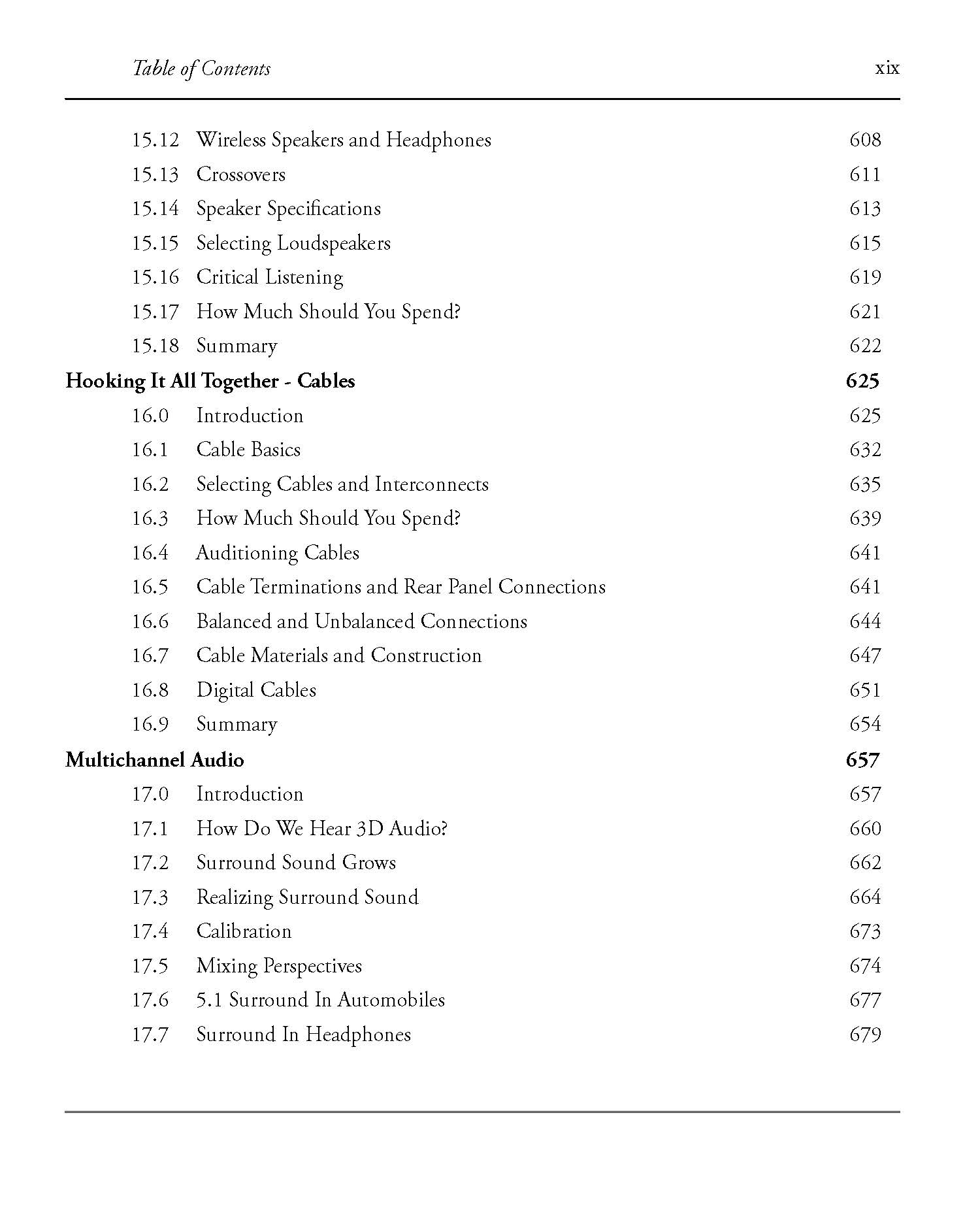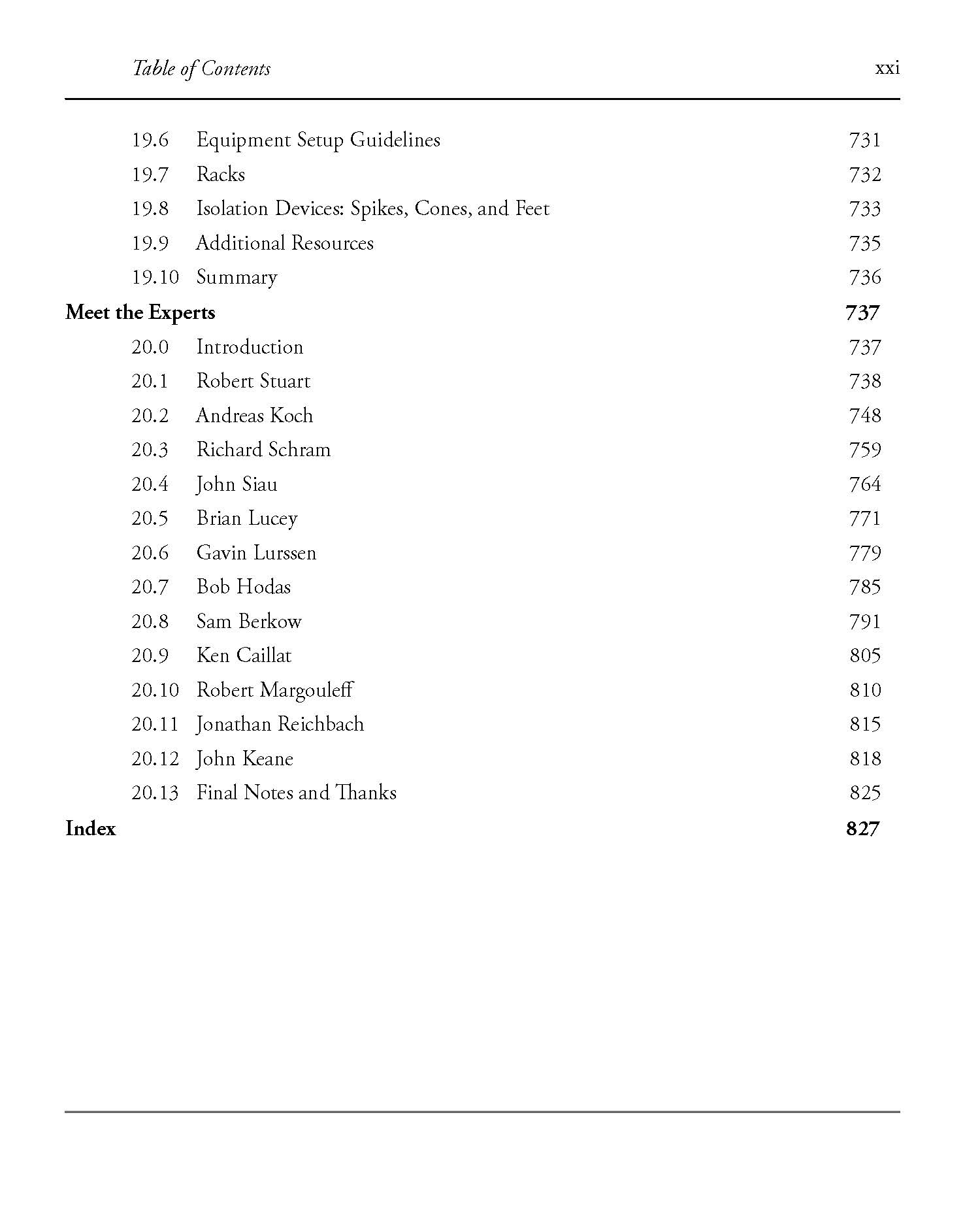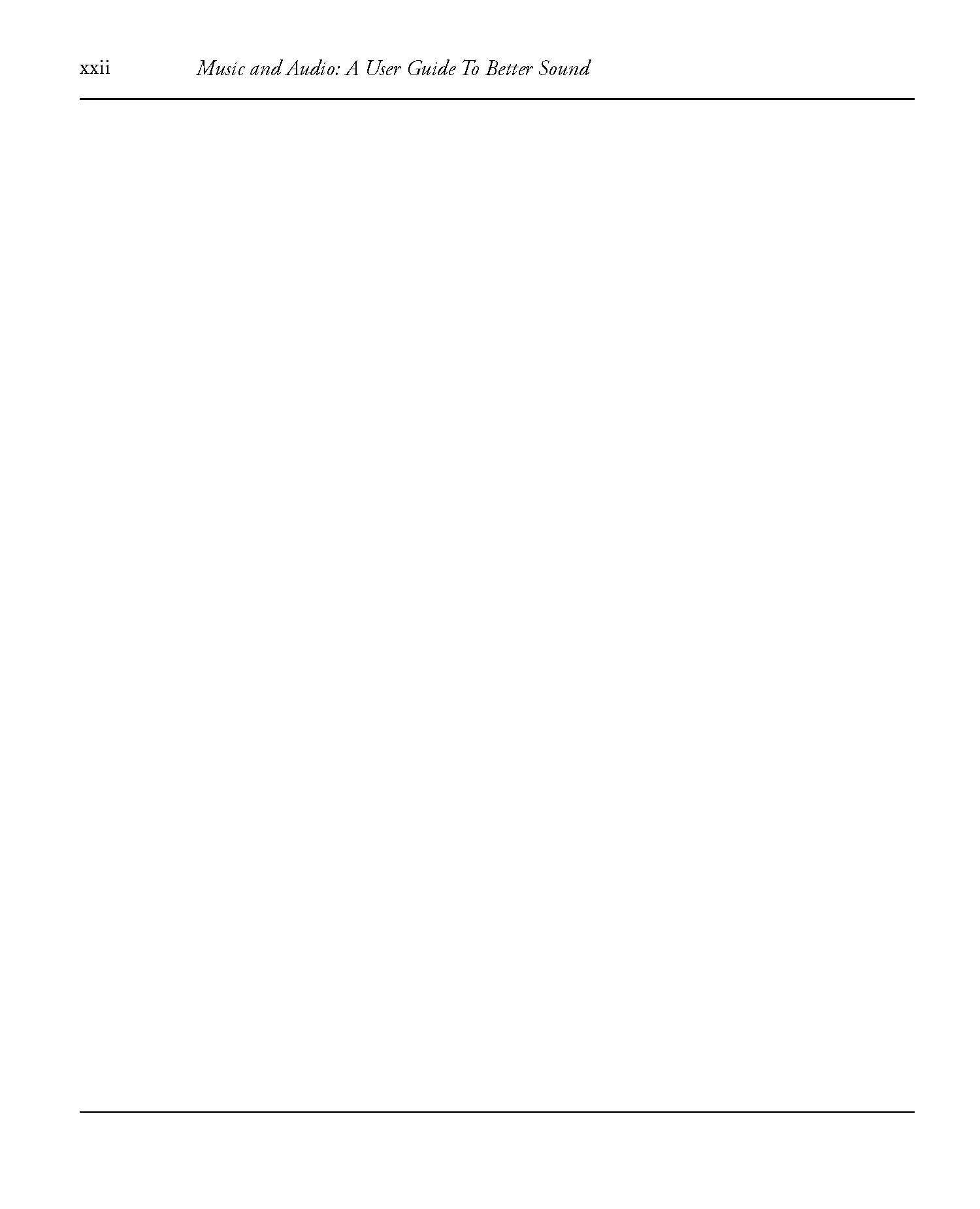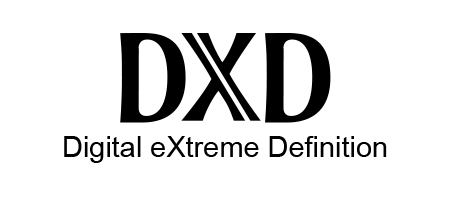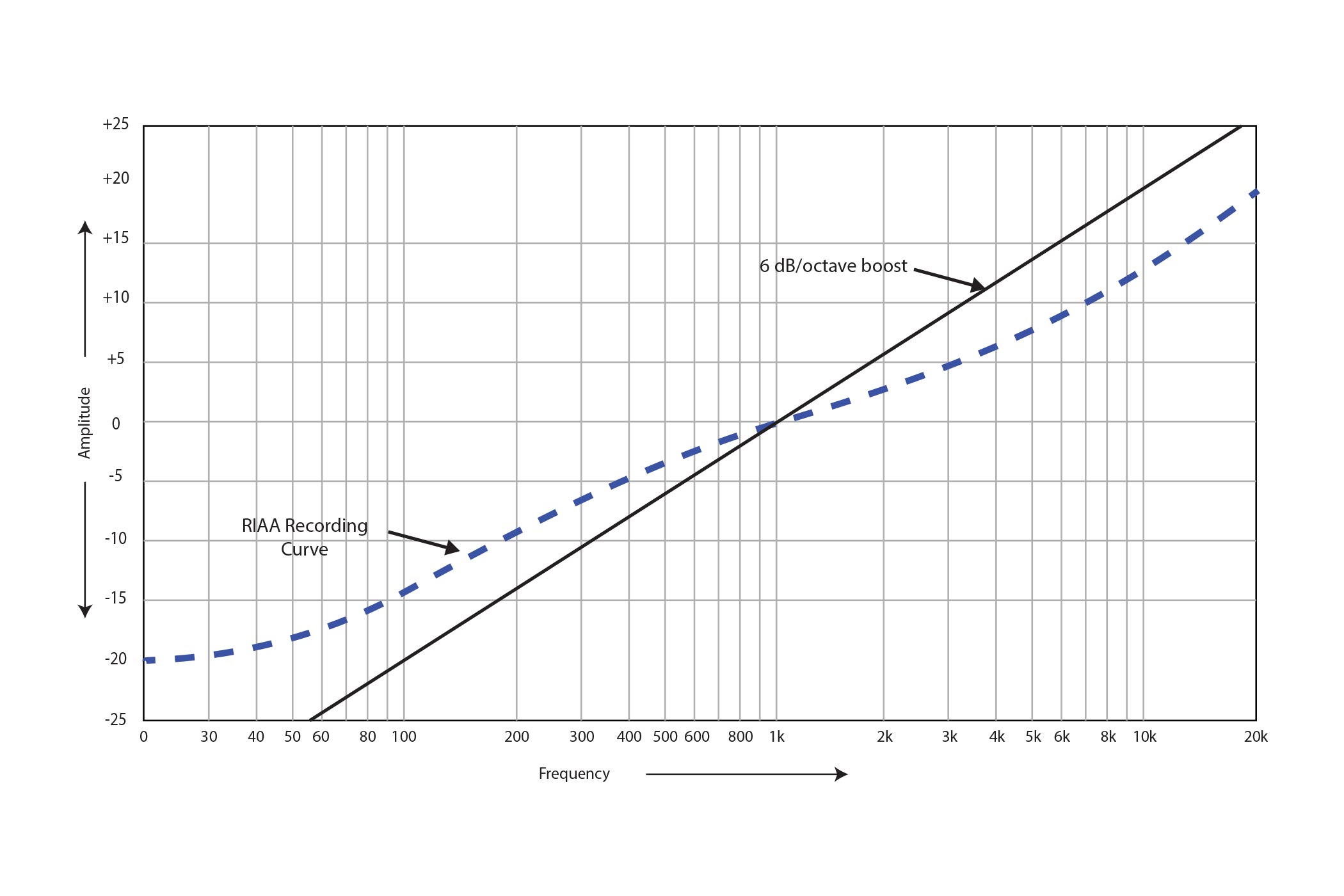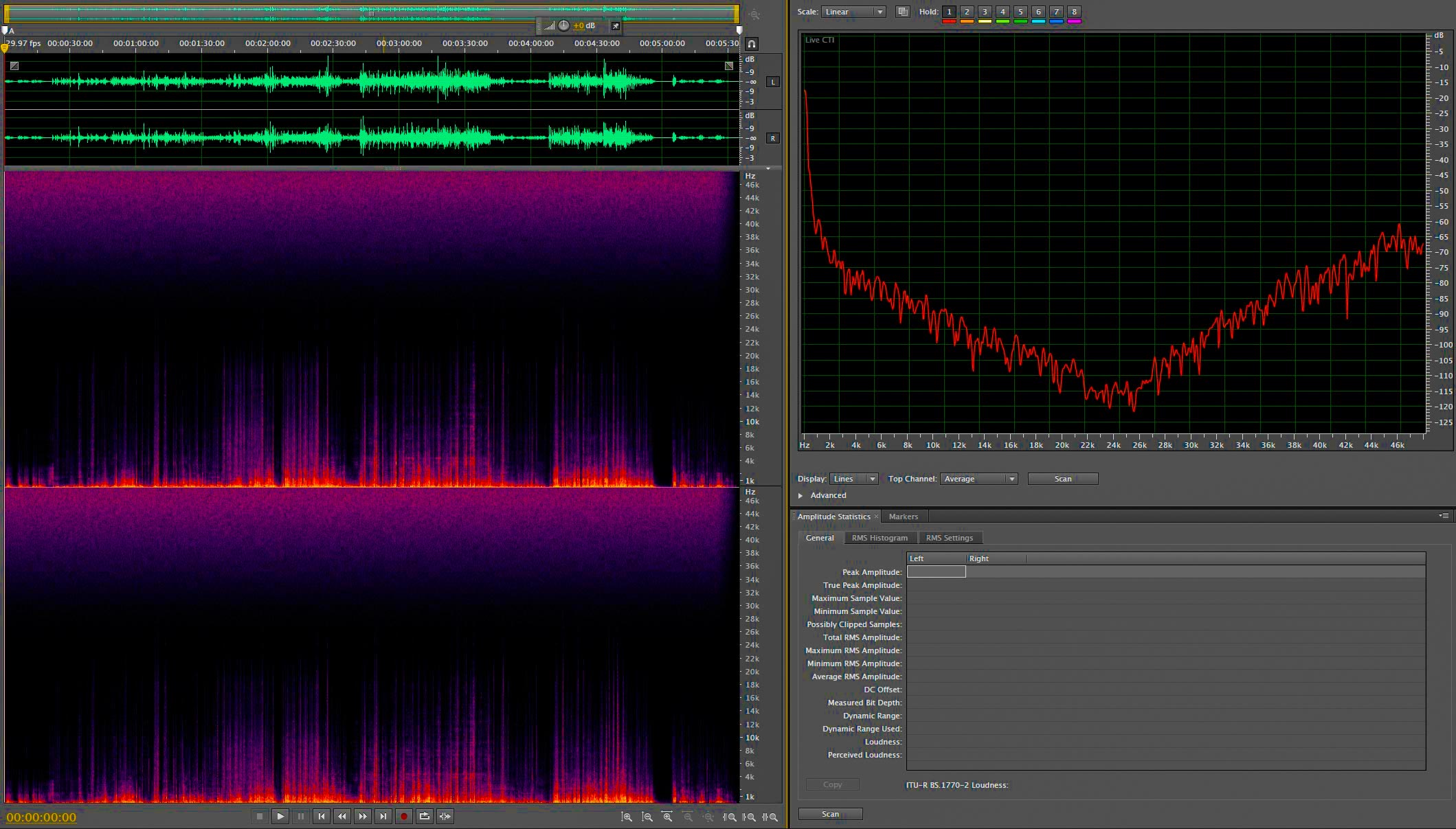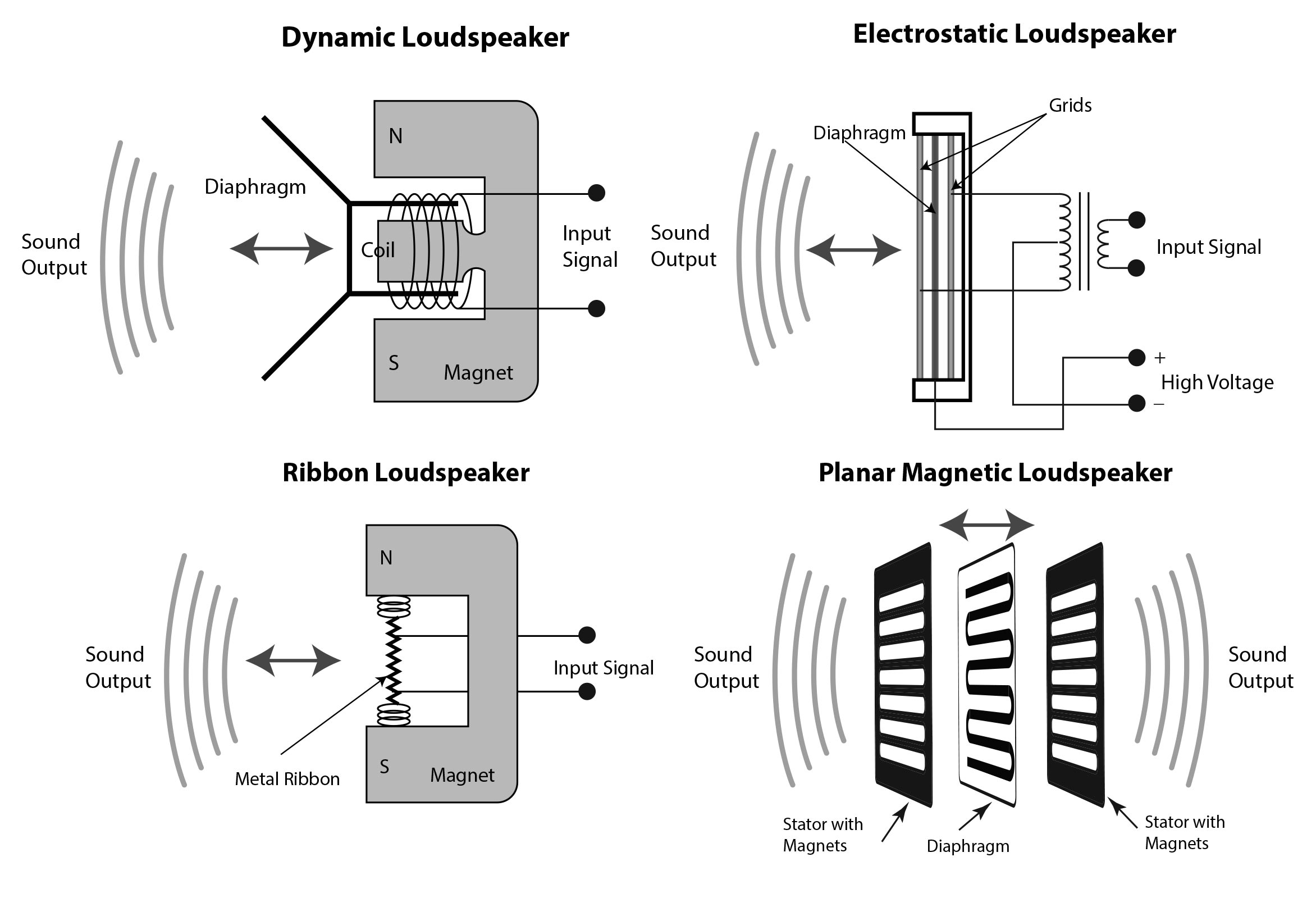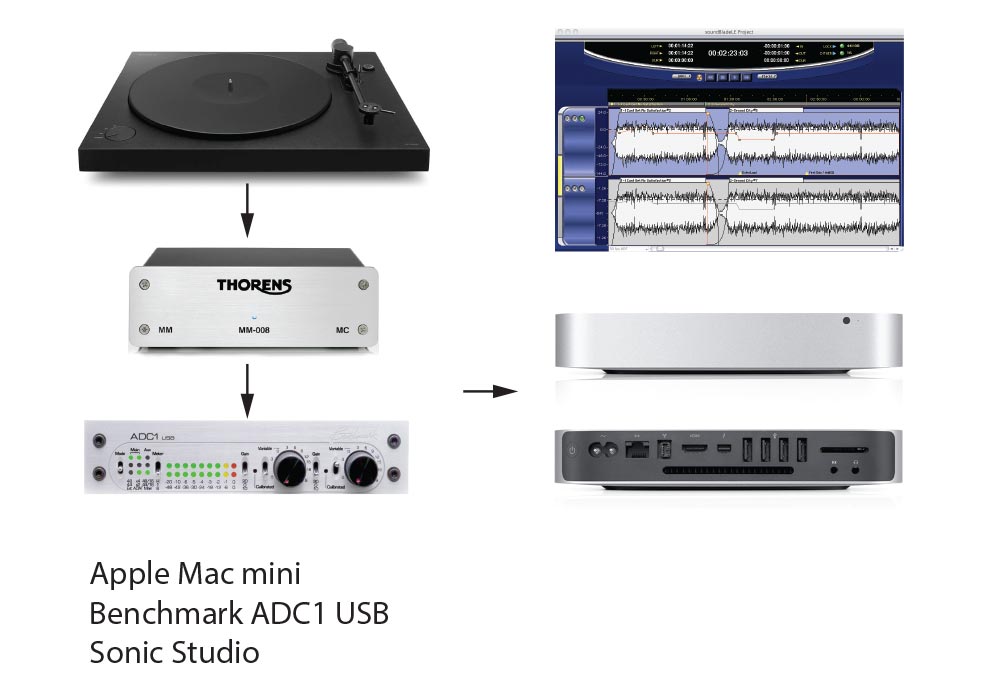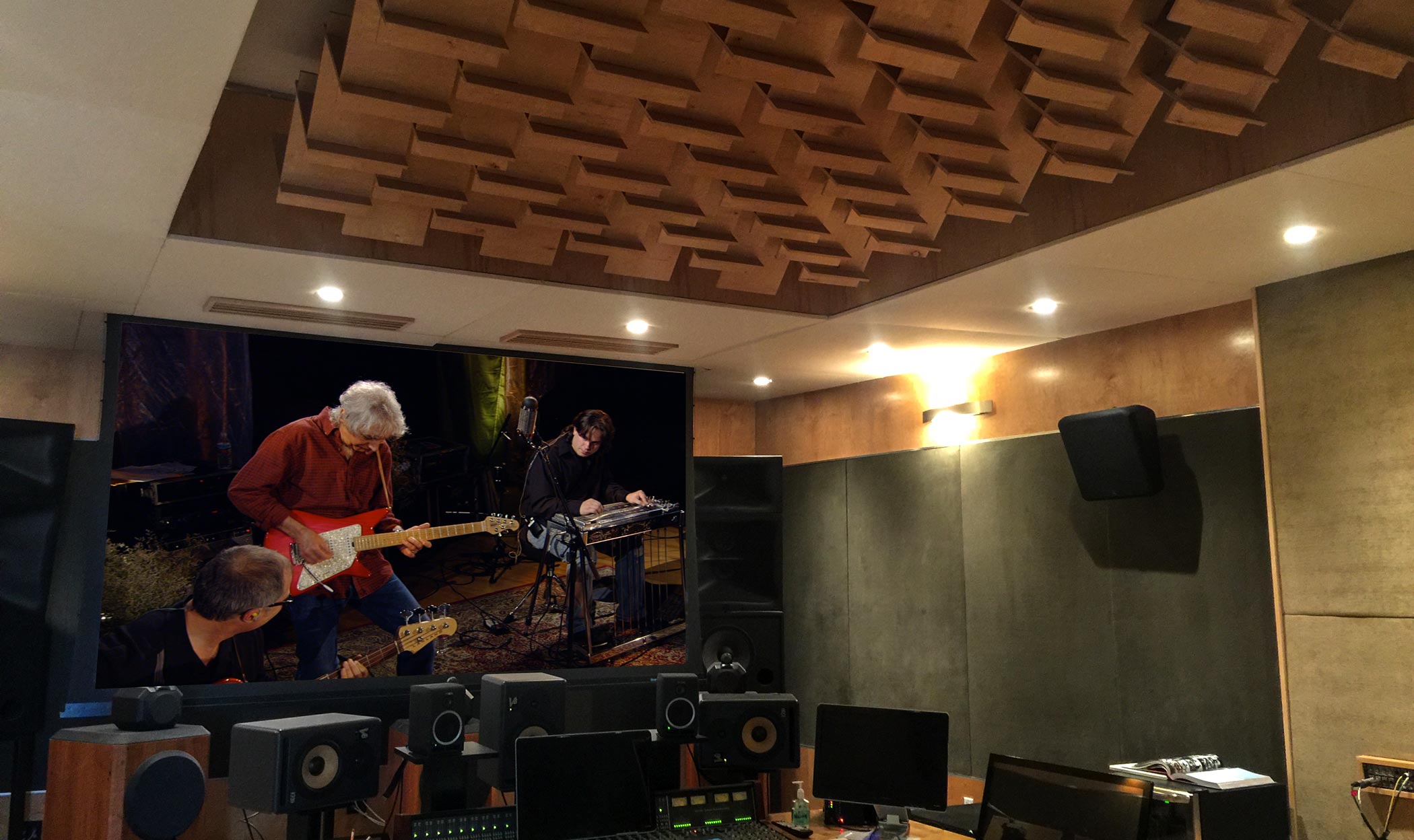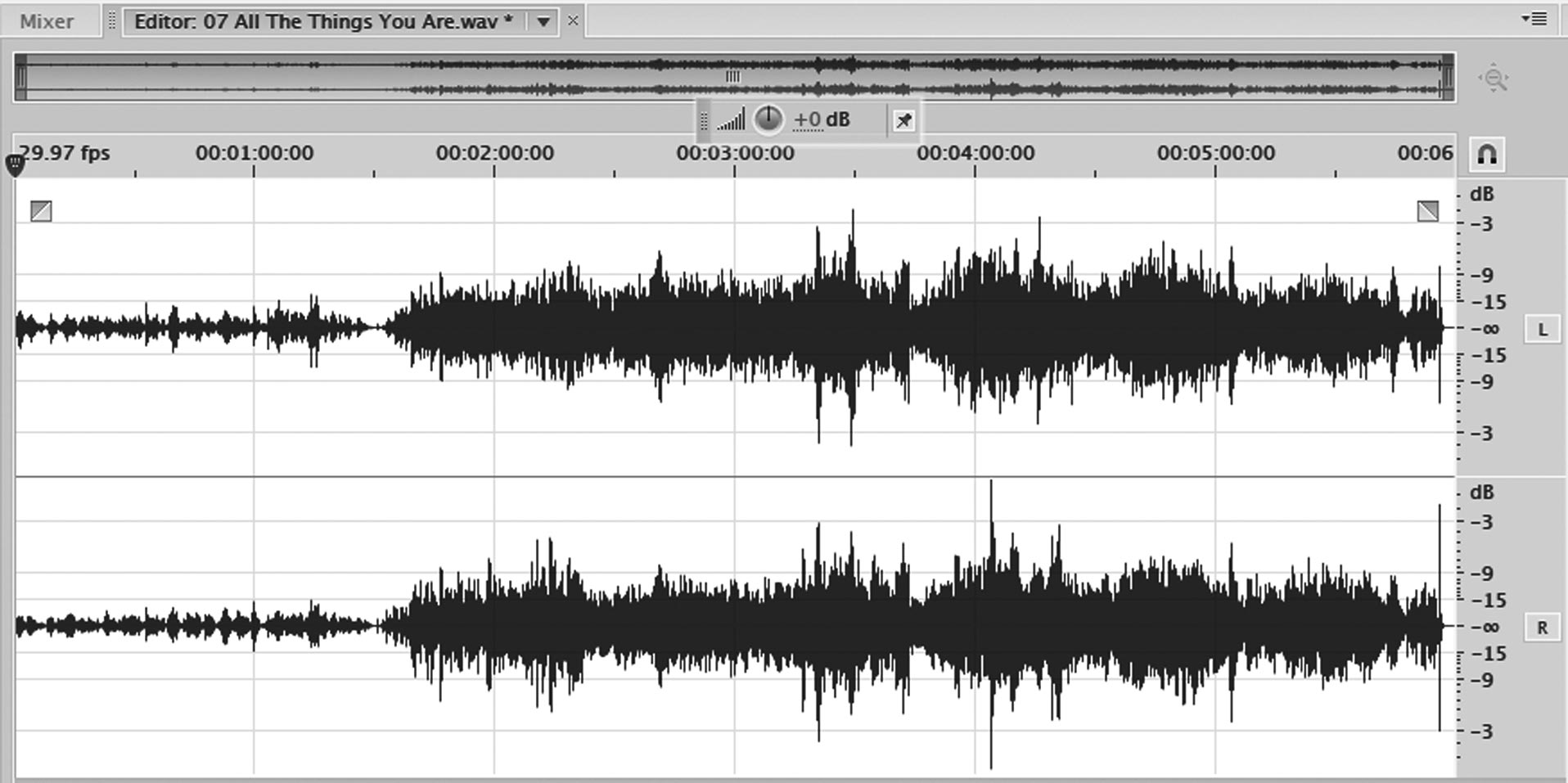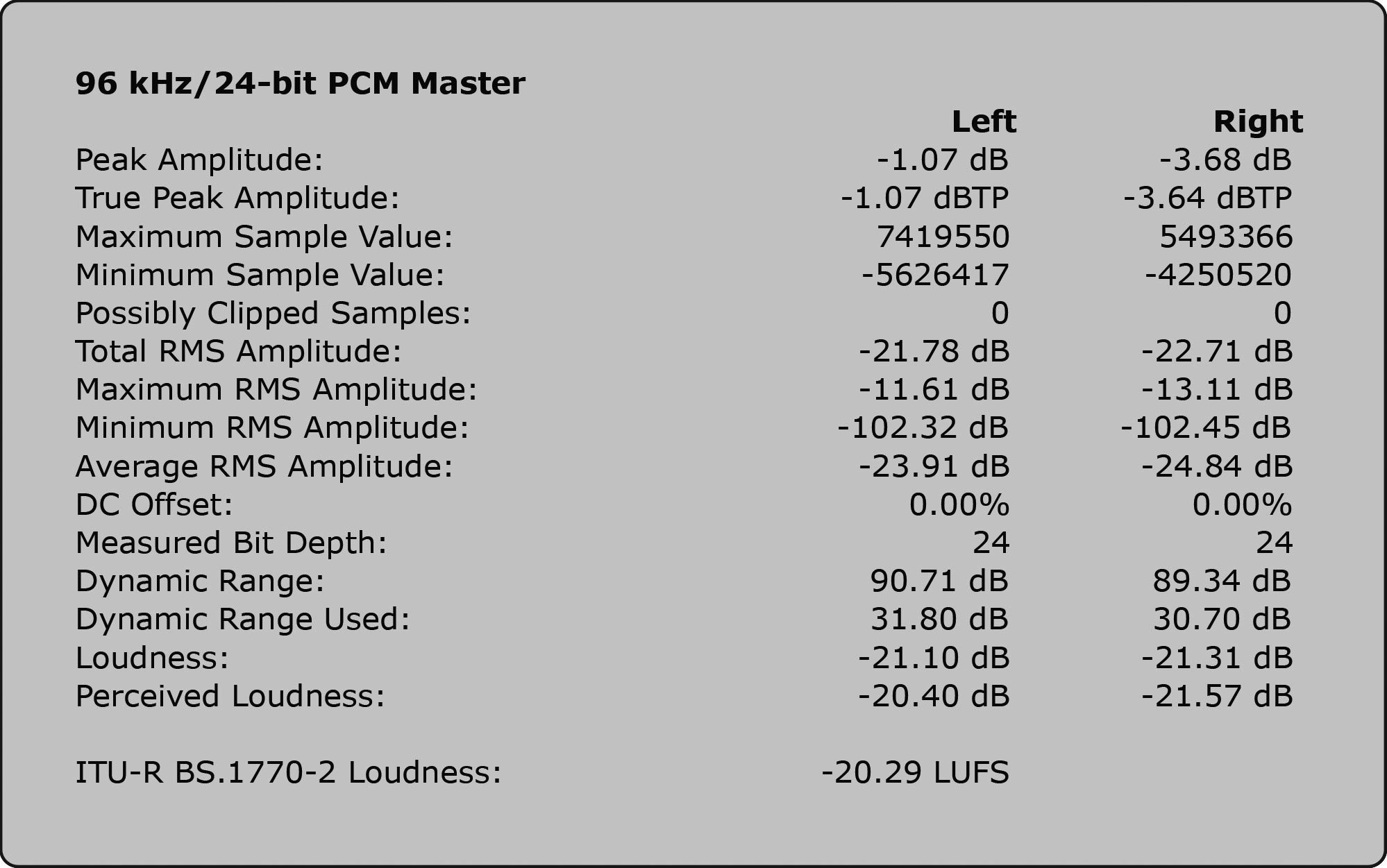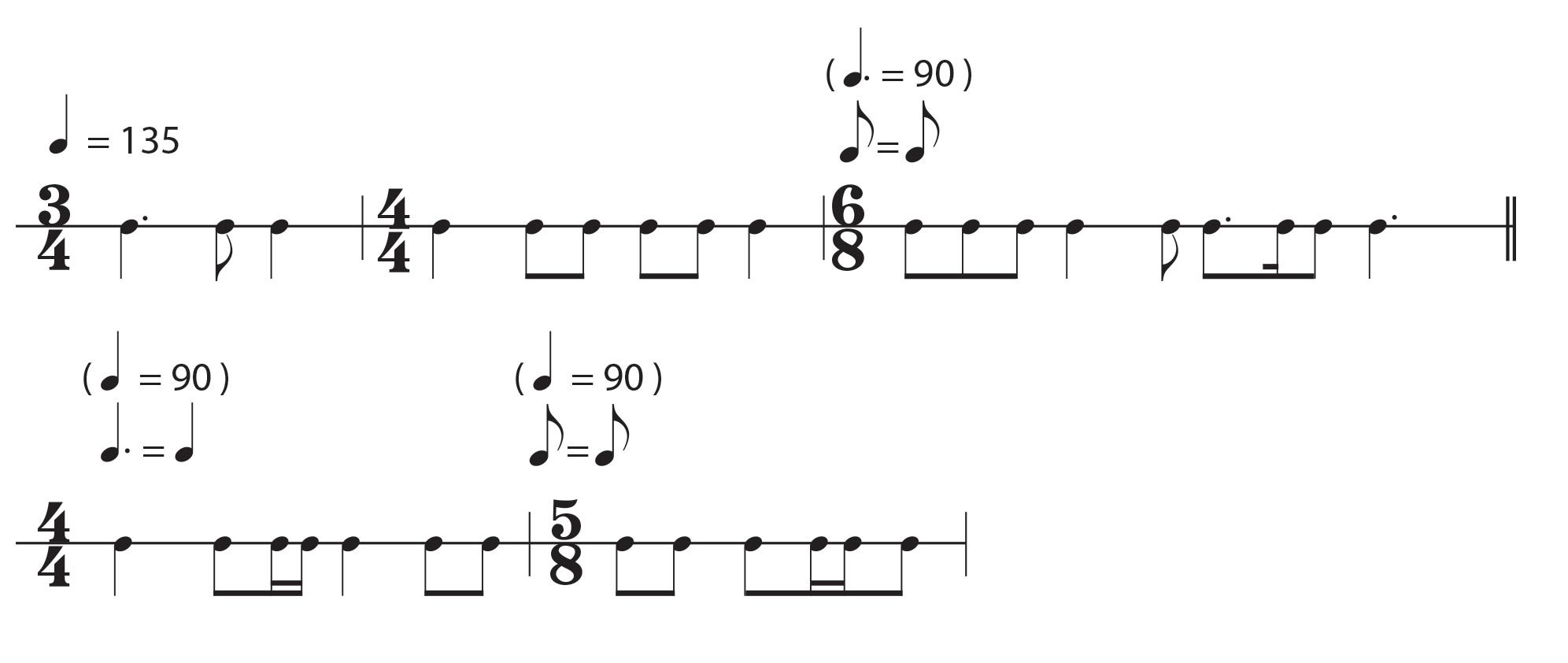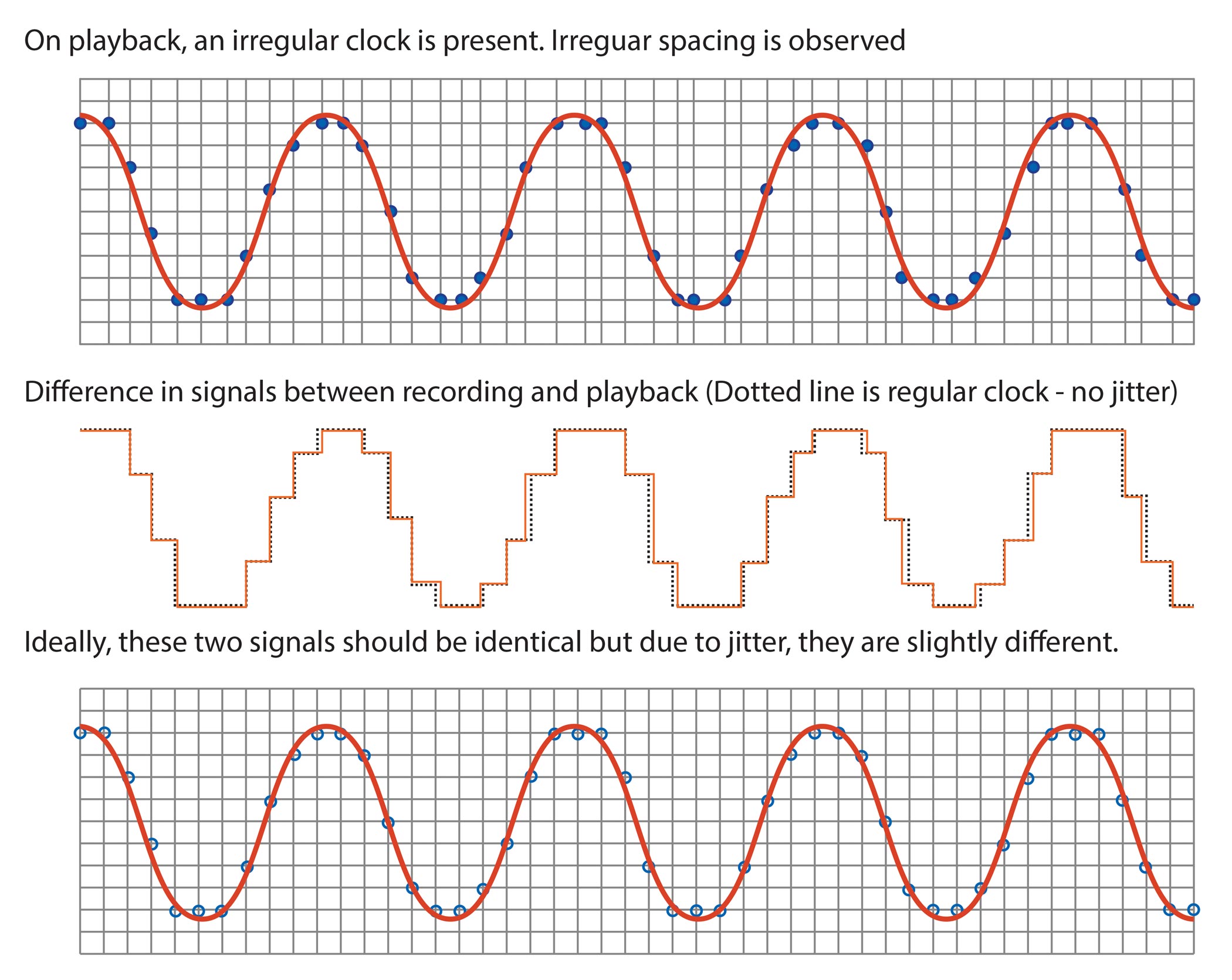Foreword by Robert Margouleff
Thinking back over my 40-year career, I’ve been reflecting on all the changes that have happened in music and audio.Audio and film are not new. These technologies actually began with the daguerreotype in 1837 and Edison’s invention of the cylinder-recording device in 1877. So this was an established business that had already undergone many, many changes when I first got involved.
I started out as a filmmaker upon my return from serving in the military as a combat photographer stationed in Germany. In 1967, I settled in the East Village in New York across the street from the Fillmore East, and was active in the underground, off-off-Broadway theatre scene. That’s where I met many of the refugees from Andy Warhol’s Factory, and from those relationships, I made a film called Ciao Manhattan. The verité style of the film was very much like the documentary style of my combat photography, and was made possible by the new lightweight cameras that had recently become available. While preparing the soundtrack for that film with composer Gino Piserchio, I discovered the Moog synthesizer, and realized this was how to make the soundtrack for the film. Synthesizer technology had just come into existence. I came to love the synthesizer and what it meant for music, it actually changed the course of my life.
Chapters In The Book
From music theory and audio production methods to encoding formats, cables, and hardware selections…
Chapter 1 - About the Blu-ray Disc
Includes an extensive description and analysis of the contents of the included Blu-ray Demo disc.
Chapter 2 - Introduction
An introductory chapter about the book, the nature of the high-end audio marketplace, and the rationale behind it.
Chapter 3 - What is Fidelity?
What is fidelity? Can it be defined by a list of specs or is it simply a subjective preference for a particular format?
Chapter 4 - What Is High-End Audio?
Are analog recordings and production methods better than current hi-res digital techniques?
Chapter 5 - Music Fundamentals
Knowing some basic music theory and concepts is essential to enhancing your listening experiences.
Chapter 6 - Audio Fundamentals
Basic audio terminology, processes, measurements, and recent developments are presented clearly and simply.
Chapter 7 - Pulse Code Modulation
Pulse Code Modulation is the worldwide standard for digital audio and is used to record and distribute music.
Chapter 8 - Direct Streaming Digital
With the introduction of Sony’s SACD format, 1-bit DSD encoding entered the lexicon of audiophiles.
Chapter 9 - Music Production Techniques
What are the different audio encoding formats and how do they compare? MP3, DSD, PCM, and MQA are discussed.
Chapter 10 - Music Formats
What are the different audio encoding formats and how do they compare? MP3, DSD, PCM, and MQA are discussed.
Chapter 11 - Provenance, Definitions & More
Learn why the original of a music recording establishes its fidelity regardless of the final delivery format.
Chapter 12 - Acoustics, Rooms & Speakers
More important than every other component in your system, the “sound” of your room defines what you hear.
Chapter 13 - Source Components
Music reproduction can be accomplished from a variety of source devices including turntables, optical discs, and tape.
Chapter 14 - Preamps, AV Receivers & Amps
Controlling the timbre, volume, and routing signals is the job of preamplifiers and receivers.
Chapter 15 - Speakers & Headphones
The final reproducer is your speaker or a pair of headphones. Learn theory of operation and types.
Chapter 16 - Hooking It All Together - Cables
Cables are required to connect power, analog and digital signals in every system. Learn what’s real and not!
Chapter 17 - Multichannel Audio
Home theaters allow movies and music to be delivered in surround sound. Learn the history and current efforts.
Chapter 18 - MQA - A Solution...To What?
The audio world has been sharply divided by the introduction of MQA. Learn from experts why it’s a hoax.
Chapter 19 - Tips, Tricks and Treachery
Learn what professionals do and don’t do as well as how to avoid the hype and snake oil that persists in our hobby.
Chapter 20 - Meet the Experts
Learn from a distinguished group of equipment designers, audio engineers, acousticians, and mastering engineers.
Illustrations, Photos, Charts, and Spectragraphs
The Music and Audio: A User Guide to Better Sounds contains hundreds of illustrations, photographs, charts, and spectragraphs.

Chapter 3 - What is Fidelity?.
This is a book about maximizing the sound quality of music recording and reproduction. We all want to get the highest fidelity from our playback system but do we really understand what it means? Is fidelity a relative or absolute quality? Is one person’s perception of fidelity different than someone else’s? I think most audio enthusiasts and music lovers have some appreciation of what constitutes audio fidelity. When we audition different systems, it’s not difficult to perceive sonic variations and express a preference for one or the other. But is there a fundamentally “best” fidelity?
Audiophiles love to debate the relative merits of audio formats, headphones, cables, amplifiers, speakers, analog vs. digital, and even some rather dubious accessories that occupy a substantial segment of our market. There is an unending quest for higher fidelity and no shortage of “experts” willing to recommend methods and purchases to get you there.
Defining fidelity is challenging. A common description says that fidelity is when the sound of a live performance is captured and subsequently reproduced. All of the instrumental/vocal timbres, dynamics, subtle details, spatial distribution aka “sound stage,” and ambient cues are maintained and recast during playback in your own personal listening environment. I refer to recordings of this type as “sonic documentaries.” The goal is to replace or substitute a live experience with a recorded version in the privacy of your own home, in your automobile, or through a set of headphones. I think most of us would agree that producing a convincing substitute for the real thing has proven elusive.
If want to experience the sound of a live music performance, I’ll make the effort and attend one. As a record producer and engineer, I don’t see the point in trying to recreate the sound of a concert. I prefer to use state-of-the-art technology and a lifetime of experience recording music to deliver an experience that is impossible to have in the acoustic world.
Not everyone can occupy the “best seat in the house” in an acoustically perfect concert venue. A public performance is always going to be a compromise. The conductor balances the sound of his or her orchestra to sound best at the podium. The audience located in the center section near the front can expect to get a very close approximation of that “ideal” musical blend, but it won’t ever be perfect. I sat in front of the conductor during last concert I attended at Disney Hall in Los Angeles…hardly the prime spot to hear a large symphony orchestra.
Free Chapter by Mark Waldrep, Ph.D.
Want to read a free chapter from Music and Audio: A User Guide To Better Sound?
Simply fill out the form below and you will receive a sample chapter from the book in PDF format. Your name and email will never be shared outside of this group.
Join Our Mailing List To Receive The Sample Chapter
[wpforms id=”1297″]


